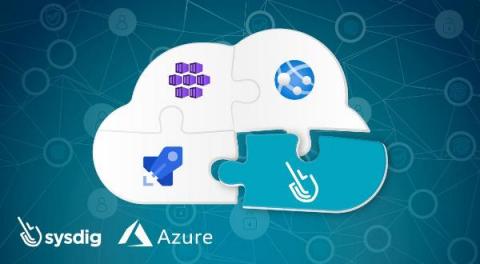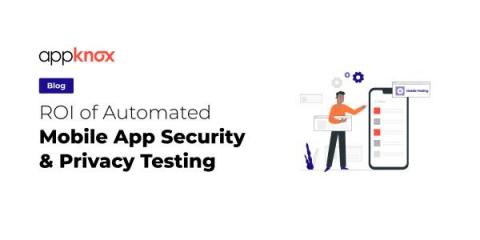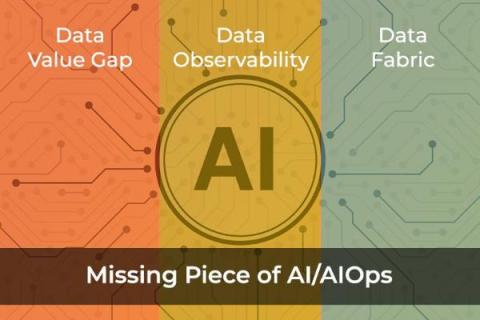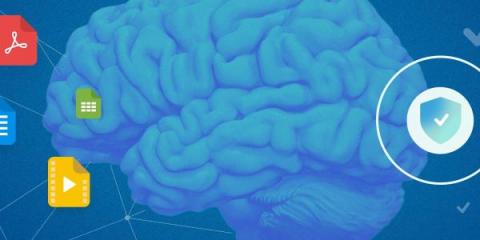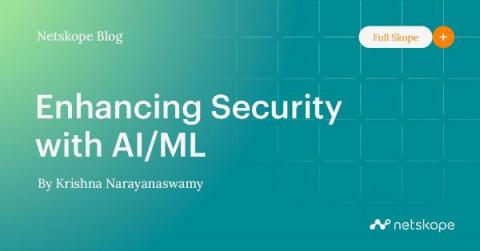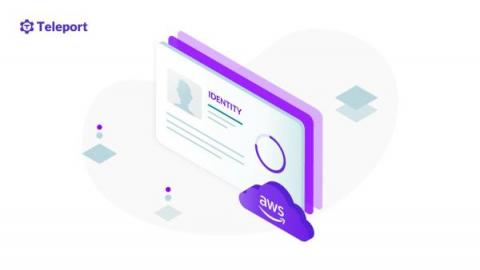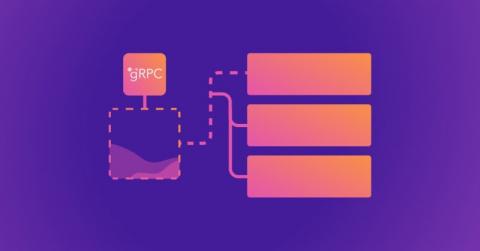Turbocharge your Azure security and compliance posture with Sysdig
This article is intended to summarize the security services and tools provided by Microsoft for Azure cloud. We will also explore the value add Sysdig can provide when used in conjunction with the default Azure services for security.


